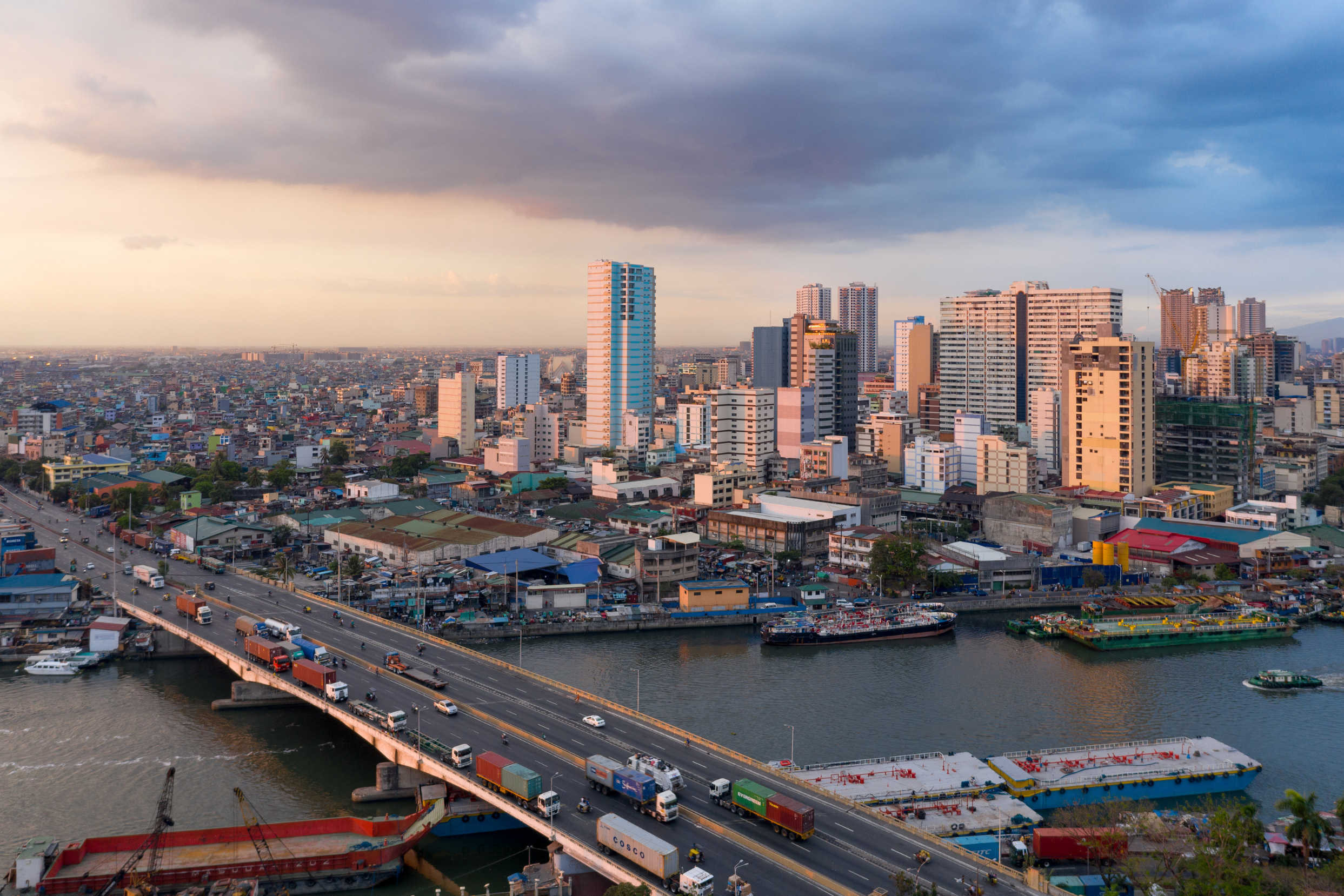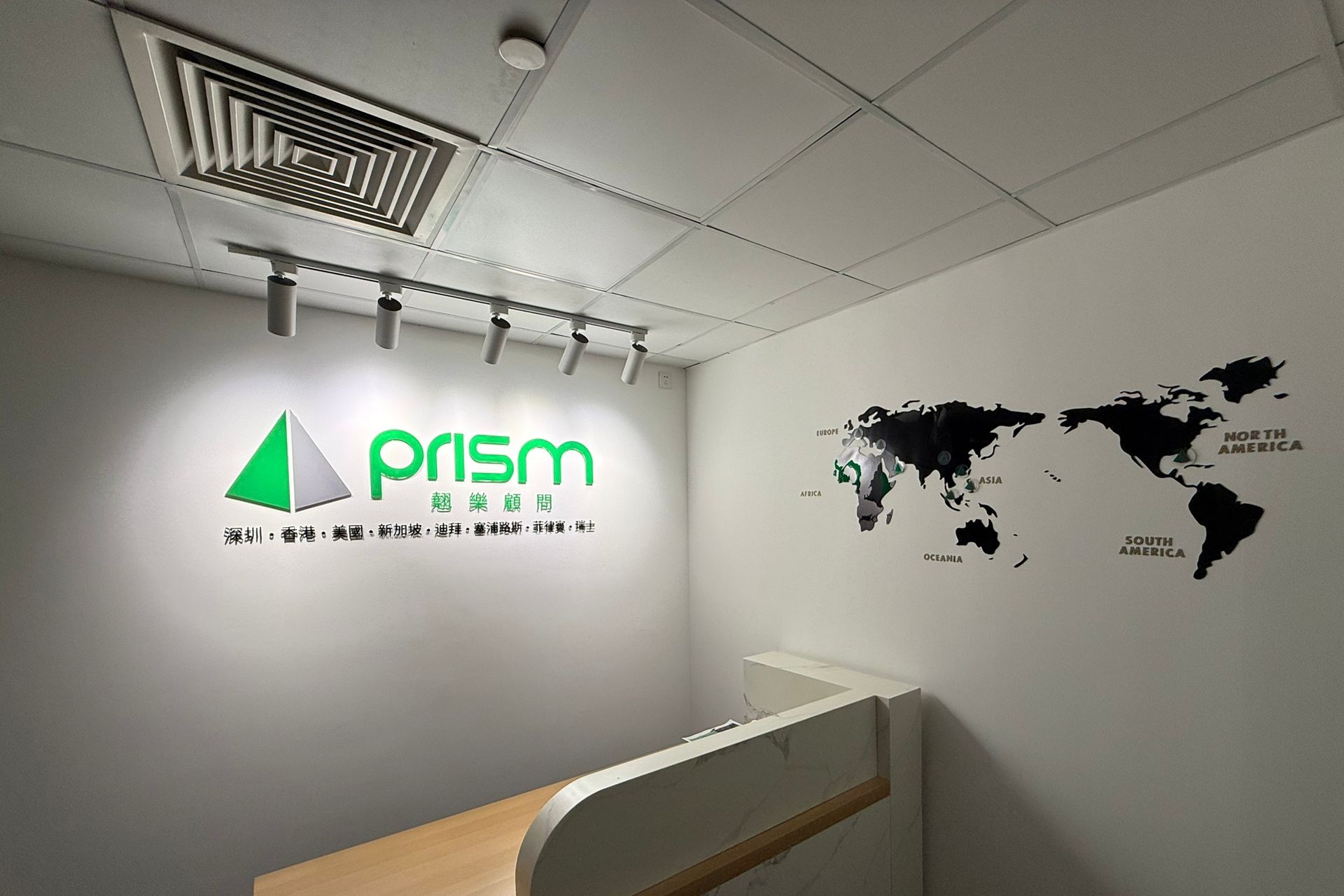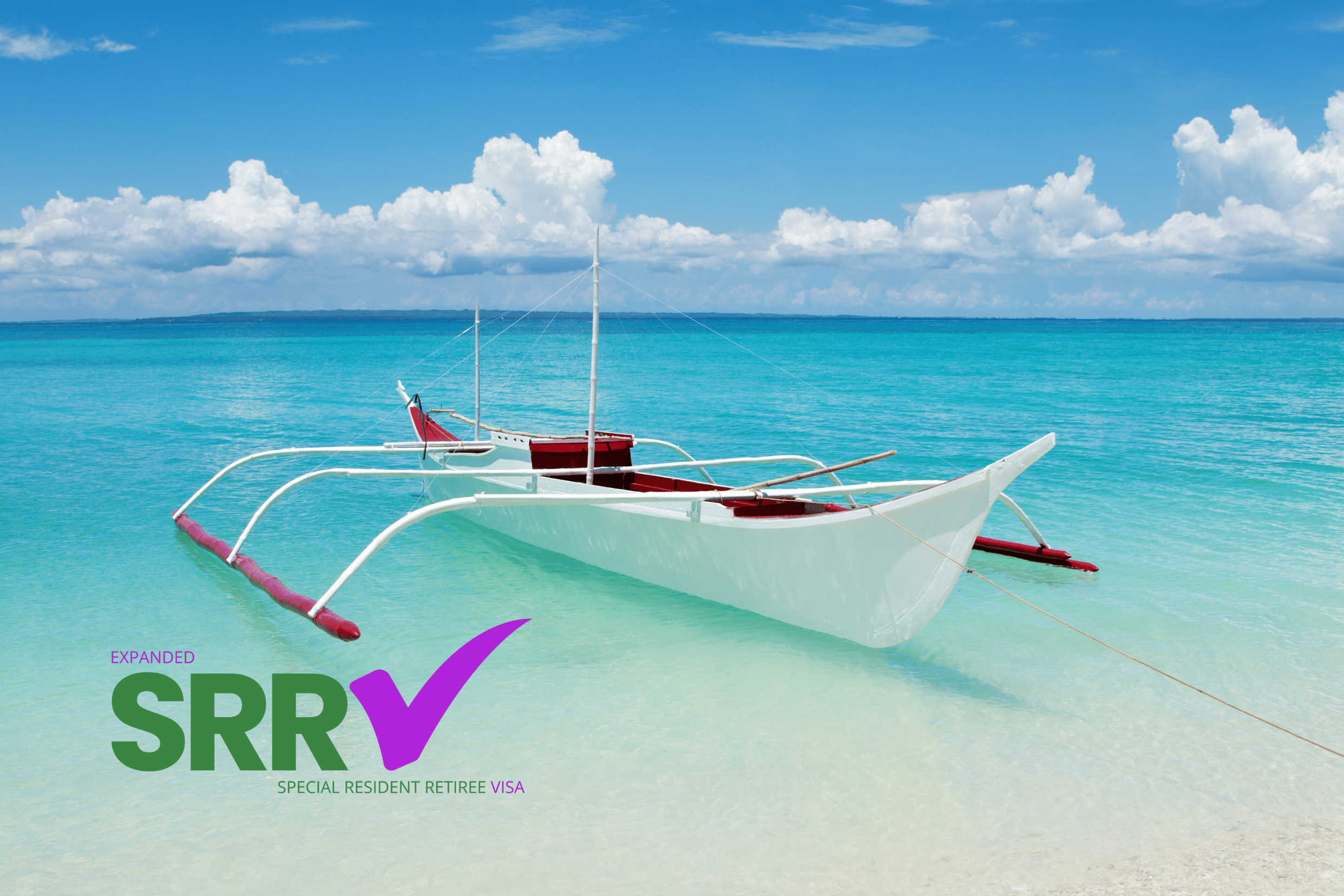Where to live in the Philippines: a practical guide
Choosing a home in the Philippines is about fit. Your ideal place balances everyday comfort, access to healthcare and airports, community, and the lifestyle you want. This guide narrows the options to the most reliable bases for retirees and long‑stay residents.
Before you fall for a postcard beach, start with practicals. Think hospitals within easy reach, flight connections for family visits, stable internet, and how you handle heat and rainy seasons. With that lens, here are the places that consistently work well for international residents, plus what each is best for.
How to choose your base
Start with these factors, then match them to the city profiles below.
- Healthcare access within 30 to 45 minutes
- International and domestic flight connectivity
- Climate tolerance, including cooler uplands versus tropical coasts
- Daily life convenience like walkability, groceries, banking, and service apartments
- Community fit and language comfort
- Budget and property options, including condos and long leases
Palawan: Puerto Princesa, El Nido and Coron
Palawan is often called the Philippines’ last frontier, and for good reason. This island province offers some of the most breathtaking natural beauty in Southeast Asia. For retirees who value peace, adventure, and access to pristine nature, Palawan is an excellent choice.
Puerto Princesa, the provincial capital, is a livable city with hospitals, schools, shopping centers, and an international airport that connects to Manila and other parts of the country. Living here gives you convenience while still being close to Palawan’s natural wonders, such as the world-famous Underground River.
El Nido, further north, is a paradise of limestone cliffs, turquoise lagoons, and hidden beaches. While it is more remote, it attracts retirees looking for a laid-back lifestyle in a small but growing community. Infrastructure is developing, and more boutique resorts and eco-friendly housing projects are opening up, making it easier to stay long-term.
Coron, on the other hand, is renowned for its crystal-clear lakes and some of the best wreck diving in the world. It’s smaller and quieter than El Nido, with a strong sense of local community. Retirees who enjoy island-hopping, snorkeling, or simply living a slower island life will find Coron a rewarding home base.

Bohol: beautiful island scenery
Bohol is another strong contender for retirees who want a balance between modern conveniences and a natural lifestyle. The island is famous for the Chocolate Hills, tarsiers, and white-sand beaches, but it also offers a slower pace of life compared to busier destinations like Cebu.
Tagbilaran City serves as the island’s hub, offering reliable healthcare, schools, shopping, and transport connections, including a new international airport in Panglao. This makes it easy for retirees to settle without giving up comfort.
Panglao Island, just off the coast, has become a hotspot with its powdery beaches, diving opportunities, and a growing expat community. The cost of living is lower than in Manila or Cebu, and many expats choose Bohol for its affordability, safety, and access to both urban amenities and untouched nature.

Manila for urban living: Makati and Bonifacio Global City
If you want a modern city with top hospitals, international schools, and walkable districts, look at Makati and Bonifacio Global City (BGC). They are the most expat‑friendly parts of Metro Manila, with business services, restaurants, and high‑rise condos clustered together. St. Luke’s Medical Center in BGC and Makati Medical Center set the benchmark for advanced care and international patient services, which matters for long‑term stays.

Cebu city and Mactan for island life with big‑city services
Cebu gives you a slower pace than Manila while keeping strong healthcare and an excellent airport. Cebu Doctors’ University Hospital has international accreditation, and Mactan–Cebu International Airport connects you to dozens of domestic and regional destinations, including Dubai, Tokyo, Singapore, and Seoul. Living in Cebu city or on Mactan island offers quick access to beaches with city conveniences in reach.

Davao City for a clean and safe city close to nature
Davao City is a great choice if you want urban convenience with a calmer pace of life. It’s one of the safest and cleanest cities in the Philippines, known for strict local governance, reliable infrastructure, and easy access to nature. The city is surrounded by beaches and mountains, including Mount Apo, the country’s highest peak. Davao also has a lower cost of living compared to Manila or Cebu, yet offers quality healthcare, international schools, and modern shopping centers. For retirees or families, it strikes a balance between city living and outdoor lifestyle.
Dumaguete for a small city with a big community feel
Dumaguete is popular with retirees who want a compact, friendly base with low living costs and a well‑known expat scene. Healthcare is adequate for common needs, with major procedures often handled in Cebu or Manila. Many choose Dumaguete for the community, walkability, and day trips to neighboring islands.

Baguio for cool weather and mountain living
If you prefer sweaters over ceiling fans, Baguio’s highland climate is a draw. Temperatures are comfortable most of the year, and the city has universities, clinics, and an established local culture scene. It is farther from international airports, so plan for road travel to Clark or Manila.

Clark and angeles for airport access and suburban comfort
North of Manila, Clark and neighboring Angeles give you a quieter suburban setup with quick access to Clark International Airport. Many residents choose this area for easy regional travel, golf and outdoor space, and a growing set of modern neighborhoods within the Clark Freeport Zone.
Iloilo city for livability and planning
Iloilo’s reputation for urban planning, bike lanes, and heritage districts makes it a rising choice for people who want a clean, medium‑sized city with strong community pride. The city has earned international recognition for housing and flood‑control initiatives, a sign of thoughtful governance and long‑term planning.
Quick picks by lifestyle
- For top hospitals, walkability, and city buzz: Makati or BGC in Metro Manila.
- For balance of beaches and big‑city services with strong flight links: Cebu city or Mactan.
- For a calmer large city with strong safety reputation: Davao.
- For a friendly small‑city base with a tight expat community: Dumaguete.
- For cool weather and pine trees: Baguio.
- For suburban living with an international airport next door: Clark or Angeles.
- For a planned, heritage‑rich mid‑sized city: Iloilo.
A note on healthcare and travel
For long‑term residents, being within reach of major hospitals and an international airport removes a lot of friction. Manila’s St. Luke’s BGC and MakatiMed are the national flagships. In the Visayas, Cebu Doctors’ University Hospital anchors care for Cebu and nearby islands. Choosing a home within a reasonable drive of facilities like these is a smart baseline.
Putting it together
There is no single best place to live in the Philippines, only the best fit for your needs. If you want full city convenience and top medical care, choose Makati or BGC. If you want island life without giving up flight options and hospitals, choose Cebu. If safety and space matter most, consider Davao. If community and costs are your priority, Dumaguete works well. If you want cool air and mountain views, Baguio is the outlier that delivers. And if frequent travel is central to your life, Clark makes it easy.
Thinking about residency options while you decide on location? The Special Resident Retiree’s Visa gives you long‑term stability with multiple entry privileges, and we can help you plan the application steps alongside your location search.




